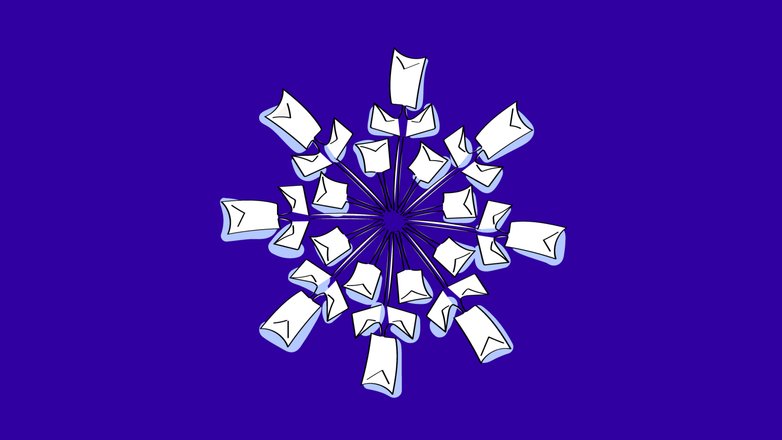Hi (FIRST NAME),
OPTION 1: For Chief data officers / Data management / DataOps
How scalable would you say your current workflow is when your business teams require (SPECIFIC OUTCOME)?
The analysts at (PROSPECT'S COMPANY) could independently deploy (YOUR SOLUTION) using just (EASY IMPLEMENTATION) by partnering with (YOUR COMPANY). This partnership would eliminate dependencies on (PAIN POINT) while accelerating use cases like (USE CASE 1), (USE CASE 2), and (USE CASE 3). A (COMPETITOR’S COMPANY) used this setup to (RESULT 1), (RESULT 2), and (RESULT 3).
OPTION 2: For Marketing & E-commerce leadership
How confident would you say you are in your team's ability to predict (METRIC 1) or (METRIC 2) before allocating a budget?
In teams similar to (PROSPECT'S COMPANY), marketers have been able to forecast (KEY VALUE) ahead of campaign launch by implementing (YOUR COMPANY), giving them the confidence to (BENEFIT 1) and (BENEFIT 2) more effectively. A (COMPETITOR’S COMPANY) saw (RESULT) after (SPECIFIC ACTION).
OPTION 3: For Customer acquisition / Retention leads
Would you say the (PROCESS) at (PROSPECT'S COMPANY) can consistently distinguish (HIGH-VALUE TARGETS) before you spend to acquire them?
(YOUR COMPANY) could enable (PROSPECT'S TEAM) to optimize toward (IMPROVED METRIC 1) and (IMPROVED METRIC 2) rather than (GENERIC METRIC). One ($ AMOUNT CLIENT) company used (YOUR COMPANY) to (RESULT 1), (RESULT 2), and (RESULT 3) simply by (ACTION TAKEN).
Best,

